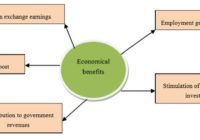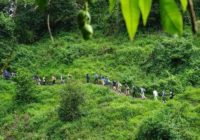Human Aspects: Quantitative, Qualitative and Temporal Characteristics of Population in Himachal Pradesh – HPAS Mains
HISTORICAL BACKGROUND: Himachal Pradesh came into being on 15th April 1948 as a centrally administered territory by the integration of 30 erstwhile princely states of Shimla. The state was having four districts at that time namely Chamba, Mandi, Mahasu, and Sirmour with a total area of 25,839 sq. km. It got full-fledged statehood on 25th… Read More »







